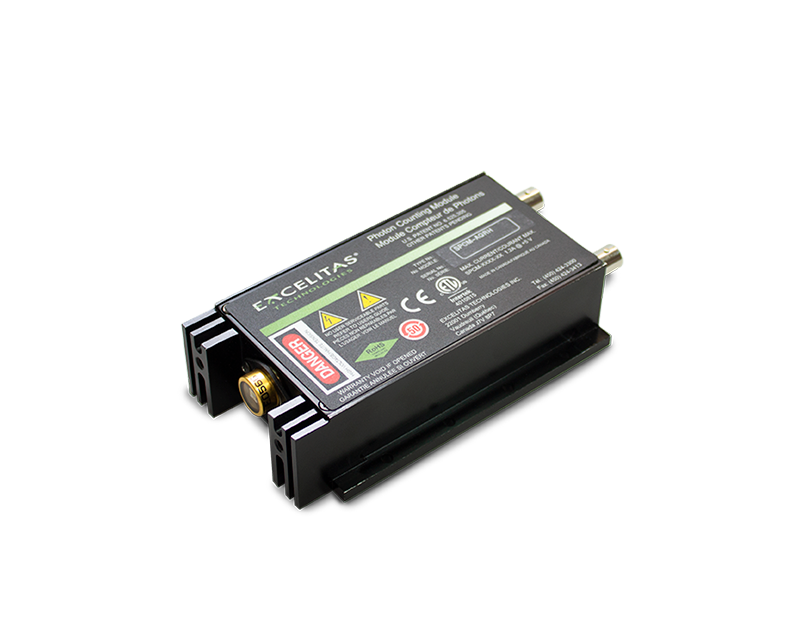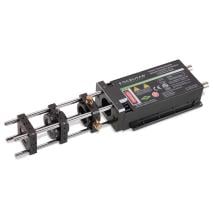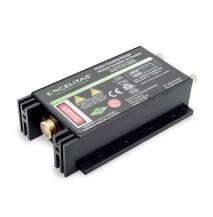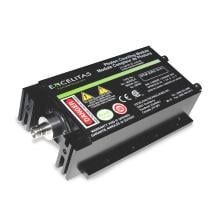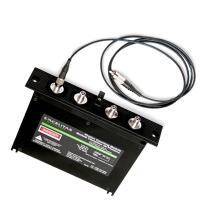
Part Number
SPCM-AQ4C
SPCM-AQ4C
The SPCM-AQ4C is a four-channel photon counting module capable of detecting single photons of light over the wavelength range from 400 nm to 1060 nm. Each channel is independent from the others.
The Excelitas family of Single-Photon Counting Modules (SPCMs) are self-contained modules that meet the low-light-level detection demands of confocal microscopy, fluorescence, luminescence, and TCSPC, particle sizing and Quantum Communications. Our SPCMs offer market-leading Photon Detection Efficiency (PDE), low after-pulsing, highest uniformity over the active area, high linear dynamic range, and low dark counts.
Interested in how Single Photon Detection has evolved over the years and into today's turn-key modules that provide simple, plug-and-run photon detection for OEMs and laboratories alike? Read our latest white paper!
Excelitas' SPCMs are available to purchase online at Digi-Key.com - buy now for quick delivery!
